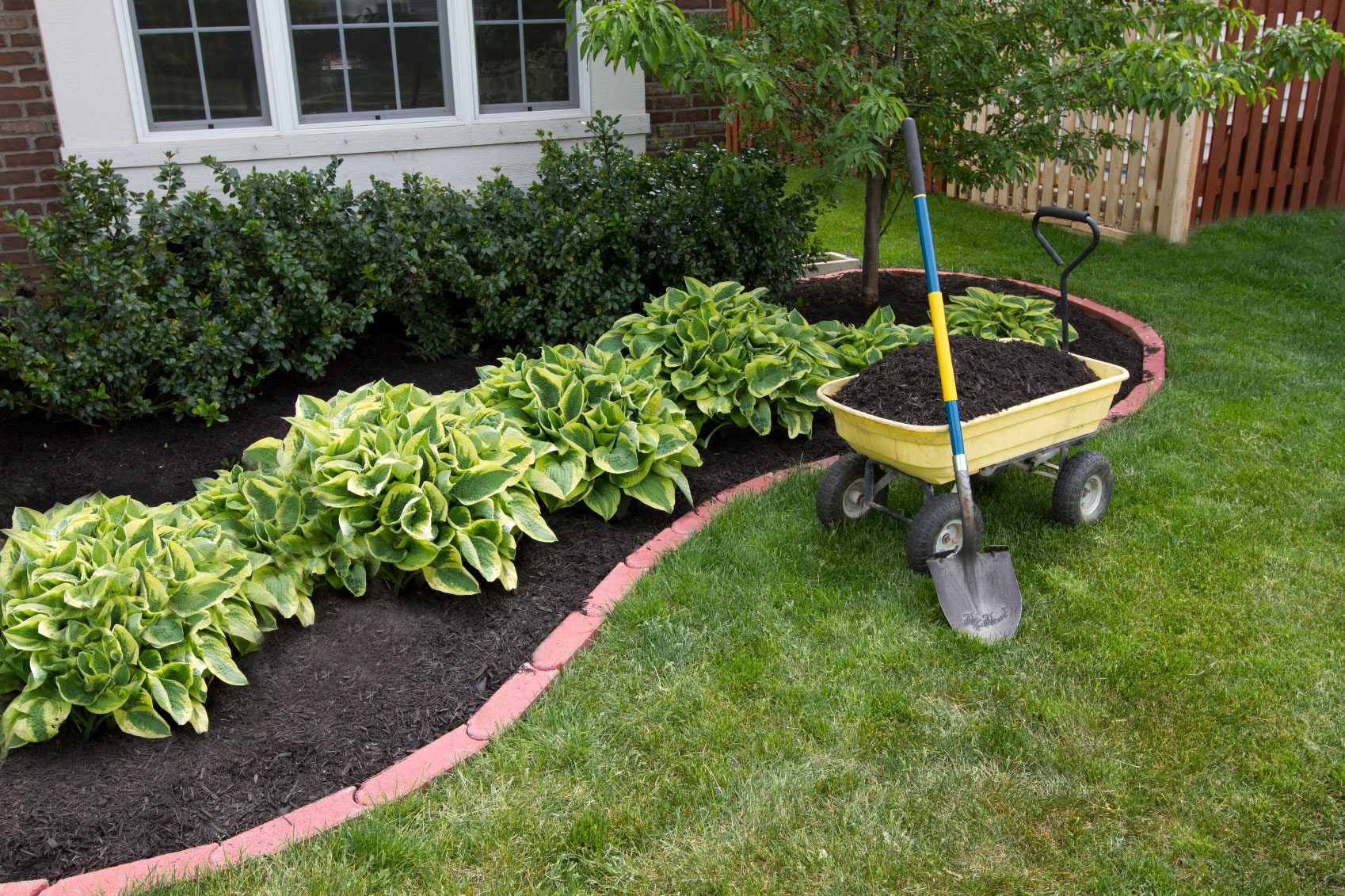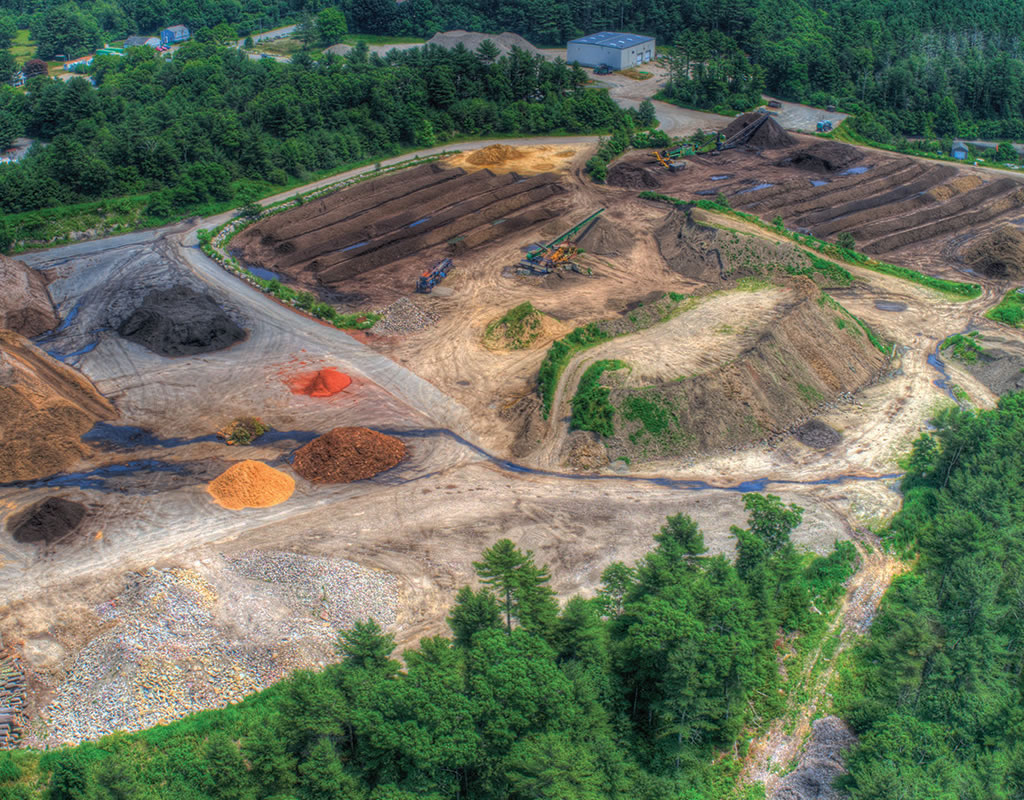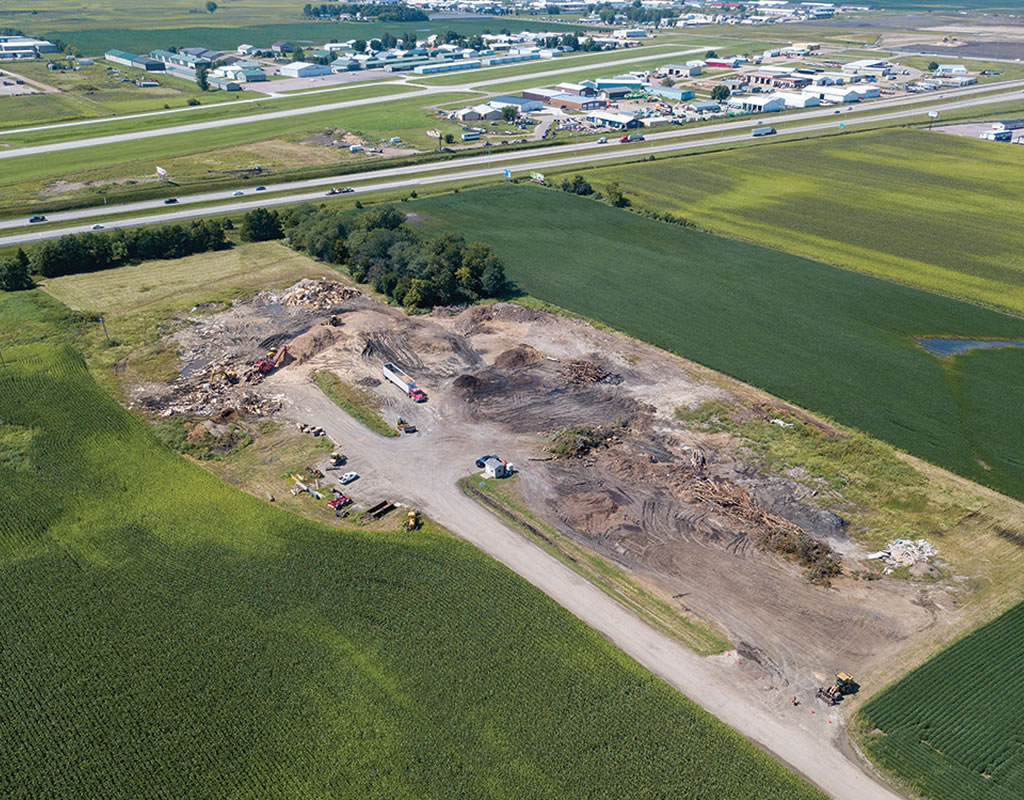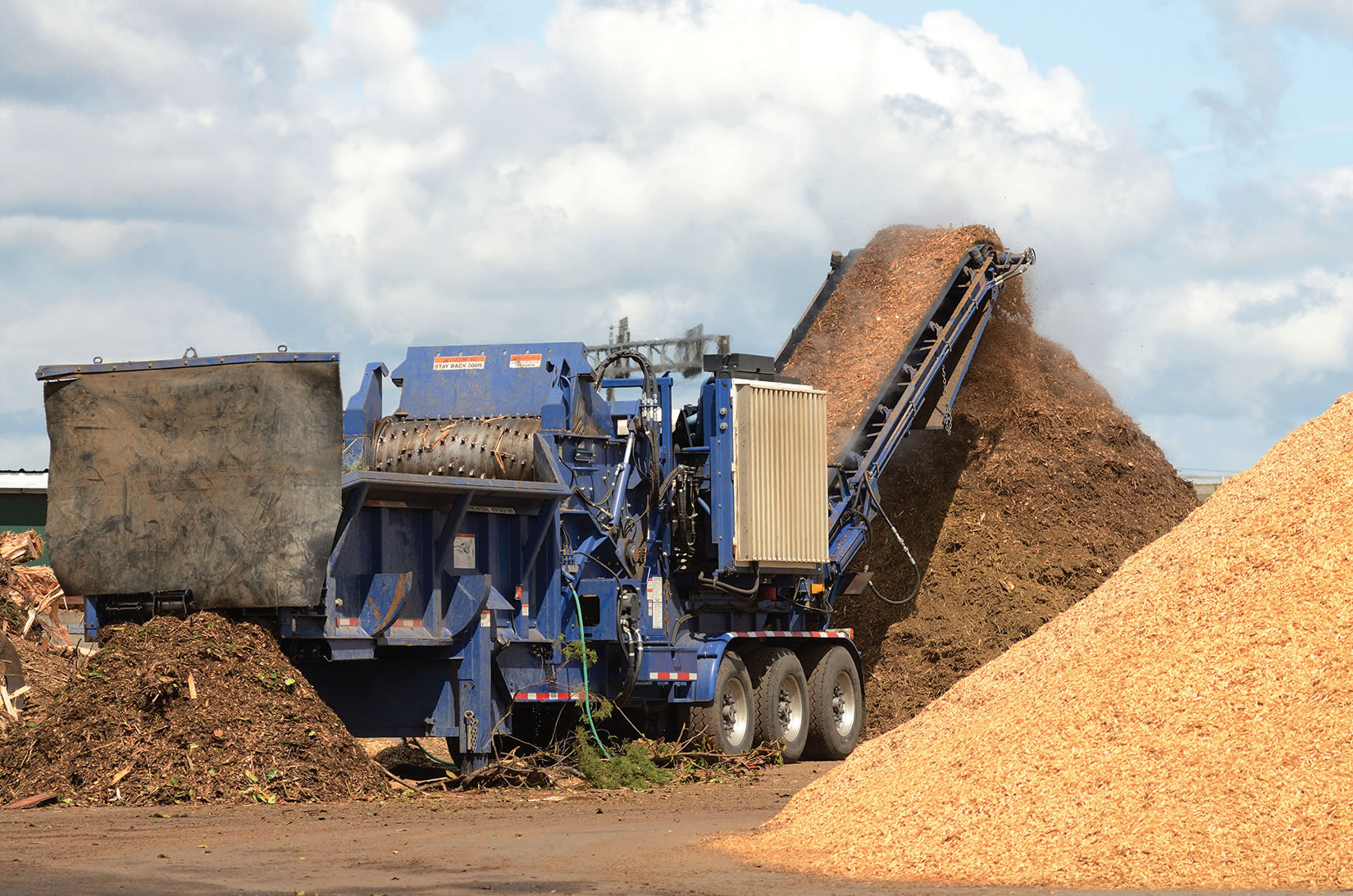By P.J. Heller
Sales of consumer soil products are much more robust than previously believed, according to a recent survey commissioned by the Mulch & Soil Council. And projections from another survey paint a bright picture for 2024, especially with Gen Y (27-41) respondents saying they expected to spend more money and time on gardening than the previous year.
The Mulch & Soil Council survey, conducted Nov. 1-3 by Technometrica Market Research, found that the total market estimate for consumer household soil products nationwide was about 154 million cubic yards annually. That broke down to 131 million cubic yards of consumer bulk soils and 23.1 million cubic yards of consumer bagged soils.
Previous estimates of the soils market was based on “industry anecdotal guesstimates” which placed the market at approximately 28.4 million cubic yards annually.
“That estimate was really off. It’s a bigger market than we envisioned,” says Robert C. LaGasse, executive director of the Texas-based Mulch & Soil Council. “Quantum levels greater.”
The survey of 1,400 people nationwide, was based solely on consumer households and did not include highway, state, municipal or other commercial projects.
“This is significantly more accurate and a more reliable number than the scientific wild-ass guess we were taking before,” LaGasse says.
Meantime, a survey of Gen X (42-58), Gen Y (27-41) and Gen Z (19-26) compared the time and money spent home gardening in 2023 to the groups’ expectations for the 2024 gardening season.
“Based on our findings, we think the future is bright for 2024,” said the 2024 Gardening Outlook Survey by the Axiom marketing agency.
Respondents generally said they planned to spend more time and money gardening in 2024. They also said they expected to plant more and expand their gardens. The report did not say how many people were surveyed.
Highlights of the Mulch & Soil Council survey showed that:
- Seventy-five percent of American households have a yard or garden. Fifty-six percent of gardeners purchased soil in 2022. Soil purchase was most common in the Northeast and the South.
- Most gardeners (53%) bought or plan to purchase soil this year.
- Similar to 2022, the Northeast and the South lead soil purchases in 2023.
- Forty-seven percent of gardeners are stable soil buyers, having bought soil in both years. The Northeast and South have the largest shares of stable buyers.
- Bags are the preferred method of purchase. The median purchase is 6.9 bags a year. The median bulk purchase is 11.4 cubic yards.
- Garden/landscape soil is the most-purchased soil type, followed by potting soil and topsoil.
- The data shows a three-way tie in terms of usage, with roughly one-half using soil for three purposes: indoor and outdoor containers (54%), raised garden beds (53%), and general landscape (49%).
Question #1: Do you have a yard or garden?
Our first question identifies who among the 124 million households in the 2022 U.S. Census are potential buyers of soil products because they have a yard or garden. Overall, we found that 75% of households have a yard or garden, representing a potential consumer market of 93 million households (not people).
- Garden/yards are most common among Southerners (81%) and Midwesterners (76%).
- Nearly three-fourths (71%) of Northeasterners and 67% of Westerners have a yard or garden.
Question #2: Did you buy one or more bags of soil in 2022?
More than half (56%) of households with a yard or garden bought soil products in 2022. That would mean about 52 million households.
The Northeast was the highest at 62%, followed by the South at 59%. Both the West and the Midwest posted 50%.
Question #3: Have you bought or do you plan to buy one or more bags of soil in 2023?
Compared to 2022 (56%), almost the same number of gardeners (53%) bought/plan to buy soil in 2023 — another ~49.3 million households.
In 2023, the rate of soil purchase is 59% in the Northeast, 57% in the South, 51% in the West, and 43% in the Midwest.
Comparing purchase responses for 2022 and 2023:
- 47% of gardeners are stable buyers who bought soil in both years.
- Another 9% bought in 2022 but not in 2023.
- A smaller share of 6% did not buy in 2022 but bought in 2023.
- 38% are low potentials who did not buy in 2022 and 2023
If we take the 47% of consumer households who buy soil products every year and add only half of the 15% who buy soil every other year, we can determine with reasonable certainty that the stable buyers of soil every year is 54% of households with a yard or garden or ~50.2 million households.
The Northeast (54%) and South (51%) have the biggest shares of stable buyers. The West (42%) and the Midwest (38%) have the lowest shares of regular buyers.
Question #4: Do you typically buy soil in bags, bulk or both?
Over two-thirds (68%) buy bagged soil. A much smaller share (12%) buys bulk soil. Meanwhile, one-fifth (20%) prefer both. If we split those who buy both bagged and bulk in half and allocate them to each category, we have 78% of households with a yard or garden buying bagged soil and 22% buying in bulk.
Question #5: On average, how many bags of soil do you purchase each year?
- Seven in 10 (71%) buy 10 or fewer bags.
- While 42% buy one to five bags, another quarter (29%) buy six to 10 bags.
- A quarter of bagged soil buyers (26%) buy more than 10 bags.
- The average number of bags purchased annually per household is eight while the median is seven bags.
Question #6: On average, how many cubic yards of bulk soil do you buy each year?
- Four in 10 (43%) buy 10 or fewer cubic yards of soil.
- While 15% buy 1 to 5 cubic yards, another quarter (28%) buy 6 to 10 cubic yards.
- Roughly one-half (49%) of bulk soil buyers buy more than 10 cubic yards.
- The average annual bulk soil purchase is 11.9 cubic yards, and the mean is 11.4 cubic yards.
Question #7: Considering all the soil products you purchase in a year, how would you divide them by the following product categories
- Garden/landscape soil takes the top spot because it is most-purchased by 31% and second-most purchased by another 43%.
- Potting soil took the second spot, while topsoil finished third. Please note that both these soil types have very similar data
Question #8: How did you use the soil purchased this year?
- Interestingly, the data shows a three-way tie, with roughly one-half used for three purposes: indoor and outdoor containers (54%), raised garden beds (53%), and general landscape (49%).
- Another 43% reported using the soil for filling holes
Market Estimate
Our data shows that 75% of the 124 million U.S. households have a yard or garden. That means the potential consumer household market for soils is ~93 million households.
Our data further shows the number of stable buyers who purchase soils every year is 54% of the ~93 million households with a yard or garden or ~ 50 million households.
From the 50 million regular buyers, we have 78% buying bagged products and 22% buying bulk which results in ~39 million buying bagged and ~11 million buying bulk.
Consumer Bagged Soils Market
Our survey reports that the average number of bags of soil purchased annually is eight bags/household for ~39 million households with a yard or garden which results in ~312 million bags of soil.
Assuming the average soil purchase is a 2 cubic foot bag, the total volume of bagged soils purchased annually by consumer households is ~624 million cubic feet or ~23.1 million cubic yards.
Consumer Bulk Soils Market
Our survey also reports that the average annual bulk soil purchase is 11.9 cubic yards per consumer household with a yard or garden times 11 million households buying bulk results in ~131 million cubic yards.
Total Market
The total market estimate for consumer household soil products is approximately 154 million cubic yards annually.
LaGasse noted that the number of buyers of soil products remained relatively stable in 2022 and 2023, according to the Technometrica survey. The Axiom report predicted a significant increase in gardening activity in 2024, with more than 50 percent of respondents saying they expected to spend more time gardening in 2024 than in 2023.
“You would expect after the pandemic you would have a decline,” LaGasse says, adding that apparently that is not happening. “People are still working from home, so they still want their outdoor spaces as much as they did in 2020 when they discovered that working from home can be pretty dreary if you don’t have a better outdoor space to work in.”
Related News
Subscribe Today
Every other month, Soil & Mulch Producer
News brings you important stories about:
• New Technology
• Products
• Industry News
• Research Studies
Soil & Mulch Producer News features articles and services relevant to your daily operations.











